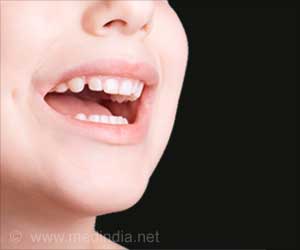Fibre-reinforced composite materials having properties similar to that of human teeth might replace human-extracted teeth for dental research.

‘Dentine analog materials can solve the problem of inadequately extracted human teeth and facilitate predictable laboratory research’





Inventing New Material to Replace Extracted Human Teeth for Dental Research
A research team from the Faculty of Dentistry at the University of Hong Kong (HKU), together with colleagues from Wuhan University, China, and Drexel University, USA, investigated new elliptical frustums of fiber-reinforced composite materials and compared their properties to that of human dentine.The materials were tested for their mechanical strength, elastic modulus, indentation hardness, and fatigue behavior. Fatigue behavior indicates the tenacity of materials under varying loads. The positive results showed that the dentine analog materials analyzed can be used as a replacement for human-extracted teeth.
Based on this study published in Dental Materials, a dental company contracted the Faculty of Dentistry to test commercial ceramic products using the same methodology.
They uniformly fabricated the new dentine analog materials with specific sizes and shape mimicking natural teeth, adhesively bonded to lithium disilicate crowns, and subjected to fatigue loading.
The restorations showed comparable fatigue failure load and lifetime (durability) to those based on extracted human teeth. This implies that the materials can be well used instead of human-extracted teeth. Finite element analysis, an important method to simulate a physical phenomenon using a numerical technique, also showed promising results.
Advertisement
This study evaluated the mechanical properties and fatigue behavior of dentine analog materials experimentally, analytically, and numerically, and found a material with spectacular size and shape can reliably replace human dentine as the substrate in a ceramic crown fatigue test.
Source-Eurekalert











